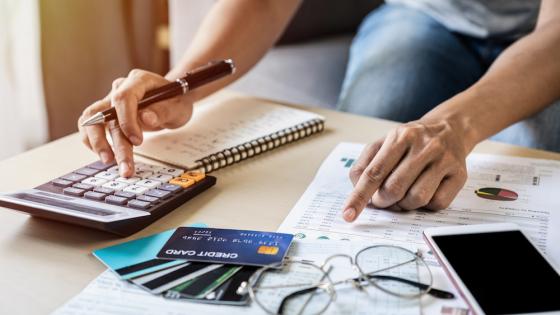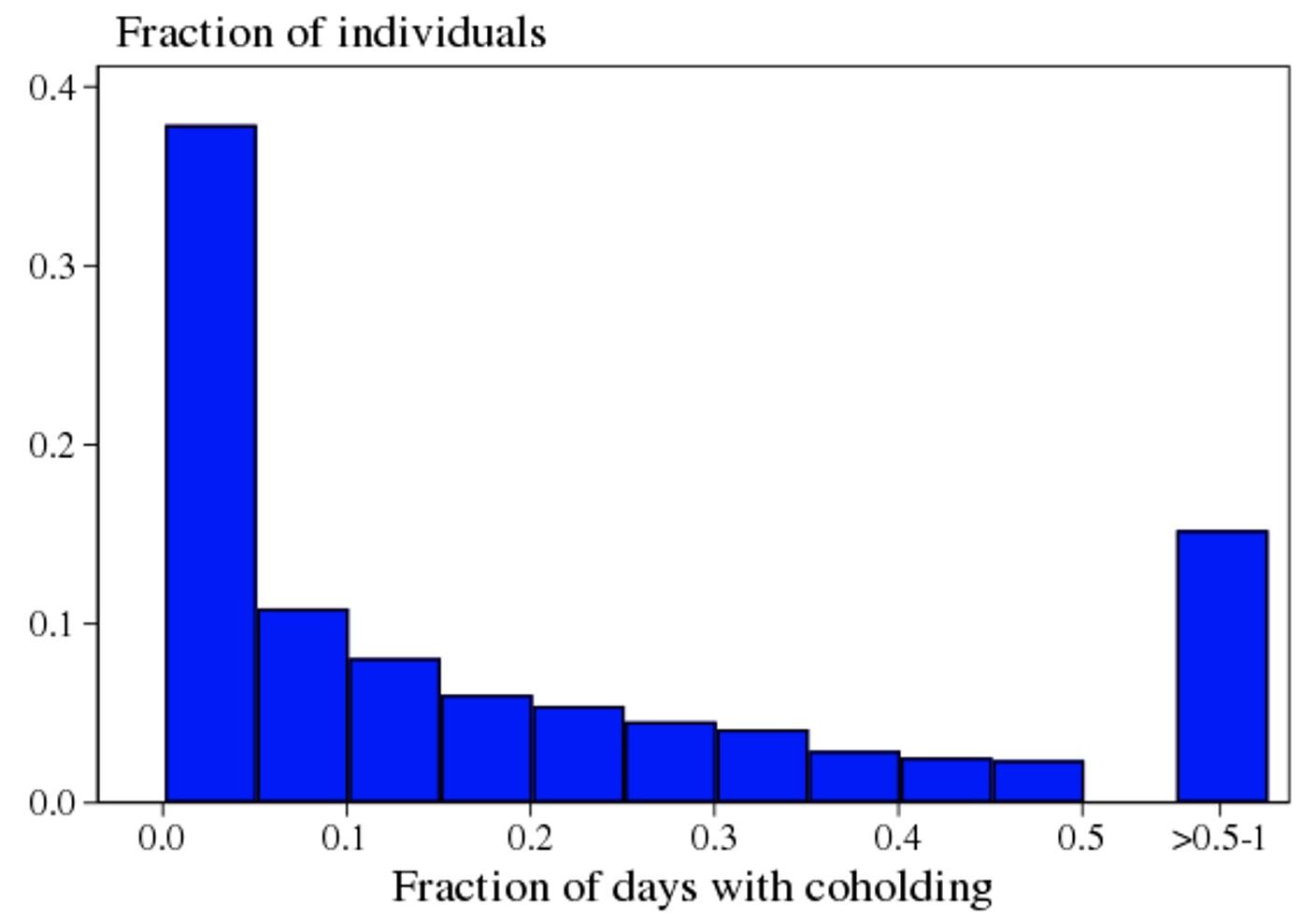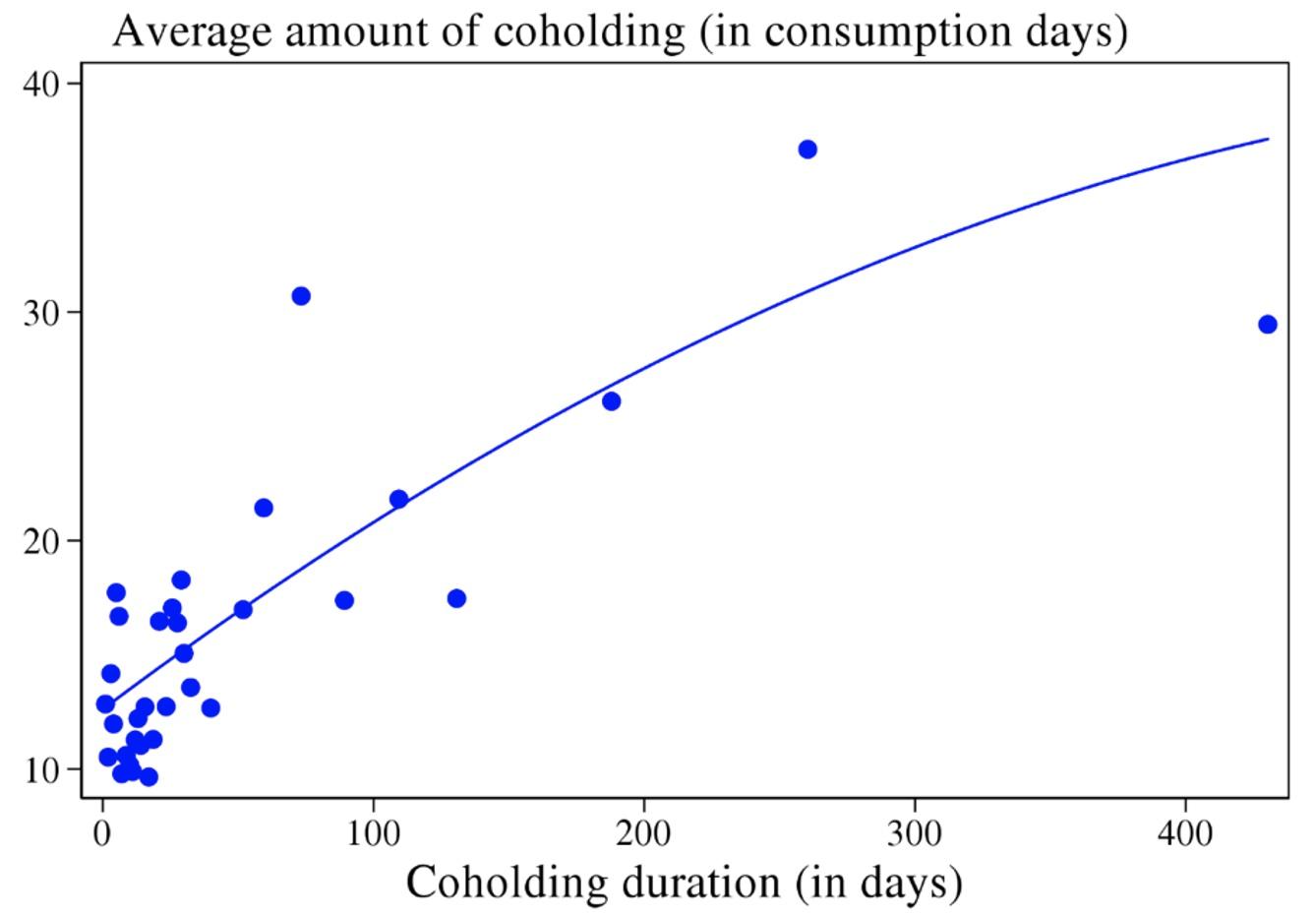Innovation in retail financial markets has led to a rapid increase in the variety of financial products available to consumers, on both the asset and debt sides of consumer balance sheets. As a result, consumers hold increasingly complex portfolios of asset and debt products and face the challenge of managing their portfolio to achieve their financial goals. Yet a long-standing puzzle in the household finance literature is why many consumers appear to hold liquid savings (such as monies in deposit accounts or instant-access savings accounts), which offer low interest rates, and revolving debt (such as credit cards, overdrafts, or other lines of credit) at high interest rates, at the same time. Understanding this puzzle is important for developing realistic models of consumer behaviour as well as informing financial regulation. Many models of financial regulation assume that consumers would avoid apparently simple financial mistakes, and consumer protection tends to focus on more complex financial products. Co-holding presents a challenge to regulation, raising the prospect that consumers may struggle to manage even basic financial products in their portfolios.
This behaviour, known as the ‘co-holding puzzle’ appears to be a violation of simple financial arbitrage. Consumers could use their savings to pay down their revolving debts, while maintaining their overall liquidity. For example, a consumer with $2,000 of savings earning 1% interest and $2,000 of bank overdraft incurring 10% interest drawn from an overdraft line of $5,000 could use the $2,000 of savings to pay down the $2,000 overdraft, thereby eliminating the 9% excess interest cost and maintaining the same level of liquidity of $5,000.
The puzzle of why consumers engage in co-holding has persisted for over two decades, first documented by Morrison (1998) and Gross and Souleles (2002) using US data referring to credit cards, observed both in administrative data from credit card providers and also in nationally representative survey data (Telyukova 2013, Gorbachev and Luengo-Prado 2019). More recently, co-holding has been measured in transaction data provided by financial services providers. Falling costs of data sharing and increasing scope within financial regulation to create ‘wallet views’ of consumer financial products allow researchers to increasingly join data on multiple financial products held by the same individual. Such data are used in recent studies by us in Gathergood and Olafsson (2021) and Olafsson and Pagel (2018), who use data from an Icelandic financial aggregator app that covers approximately one quarter of the Icelandic populations, and Vihriala (2021), who uses data from a large Finnish bank. Similar data are currently being used to understand the effects of the COVID-19 pandemic on household finances (Andersen et al. 2020, Chronopoulos et al. 2020, Horvath et al. 2020)
These new forms of transaction data allow new light to be shed on the dynamics of co-holding. In Gathergood and Olafsson (2021), we reveal a number of new insights into patterns of co-holding, and the origins of this behaviour. Analysis of individual-level transaction data covering a two-year period shows that approximately 40% of individuals co-hold savings and overdrafts at some point in the sample period (to the value of at least three days’ worth of average spending). However, most periods of co-holding are short lived – among those who co-hold, more than half co-hold on fewer than 10% of the days in the two-year sample, and only 15% of individuals exhibit co-holding on more than half the days of the sample period (see Figure 1).
Figure 1 Fraction of days with co-holding, sample of co-holders
These data also allow researchers to shed new light on why households co-hold. The authors consider a number of candidate explanations suggested by the previous literature. One go-to explanation for co-holding is that it is a behaviour that occurs only when the stakes are low. By this argument individuals might co-hold small amounts, possibly due to residual balances arising for short periods of time in between flows of transactions into and out of savings and debt products, and not act to eliminate these balances because the financial costs associated with small balances held for short periods are low. Hence, individuals are inattentive to co-holding, but rationally so. This explanation does not appear to be borne out in the data – higher levels of co-holding are positively associated with longer durations of co-holding, the opposite of what a rational inattention explanation would imply.
Evidence from analysis of transaction records supports an alternative hypothesis. Co-holding arises due to mental accounting. Mental accounting, or mental budgeting, refers to individuals organising their finances into budgets tagged by hypothesised purposes and needs, in contrast with economics accounts in which individuals organise their finances to minimise costs (Thaler 1985, Shefrin 2017). Analysis of the Icelandic data reveals patterns consistent with this – individuals are more likely to begin a period of co-holding when engaging in certain types of transactions, including non-durable spending and spending on temptation purchases such as gambling. Co-holding is also more common among individuals who hold more accounts, suggesting that individuals who choose more financial accounts have a greater tendency to create more mental accounts.
Figure 2 Level versus duration of co-holding, sample of co-holders
This research suggests, therefore, that models of mental accounting may be useful for understanding how individuals organise their financial accounts. There may be opportunity to further develop models of mental accounting to better understand individual financial portfolio behaviour and how and why individuals organise their financial accounts in ways not easily explained by standard economic theory.
References
Andersen, A, E Hansen, N Johannesen, and A Sheridan (2020), “Consumer responses to the COVID-19 crisis”, VoxEU.org, 15 May.
Chronopoulos, D, M Lukas, and J Wilson (2020), “Real-time consumer spending responses to the COVID-19 crisis and government lockdown”, VoxEU.org, 6 May.
Gathergood, J, and A Olafsson (2020), “The Co-Holding Puzzle: New Evidence from Transaction-Level Data”, CEPR Discussion Paper 14799.
Gorbachev, O, and M J Luengo-Prado (2019), “The credit card debt puzzle: The role of preferences, credit access risk, and financial literacy”, Review of Economics and Statistics, 101, 294-304.
Gross, D B, and N S Souleles (2002), “Do liquidity constraints and interest rates matter for consumer behavior? Evidence from credit card data”, Quarterly Journal of Economics, 117, 149-185.
Horvath, A, B Kay, and C Wix (2020), “The COVID-19 shock and consumer credit”, VoxEU.org, 8 August.
Morrison, A K (1998), “An anomaly in household consumption and savings behavior: The simultaneous borrowing and lending of liquid assets”, University of Chicago, technical report.
Olafsson, A, and M Pagel (2018), “The ostrich in us: Selective attention to personal finances”, VoxEU.org, 7 August.
Shefrin, H (2017) “Richard Thaler, Nobel laureate”, VoxEU.org, 12 October.
Telyukova, I A (2013), “Household need for liquidity and the credit card debt puzzle”, Review of Economic Studies, 80, 1148-1177.
Thaler, R H (1985), “Mental Accounting and Consumer Choice”, Marketing Science 4, 1999-214.
Vihriala, E (2019), “Untangling the credit card debt puzzle”, Working Paper.





